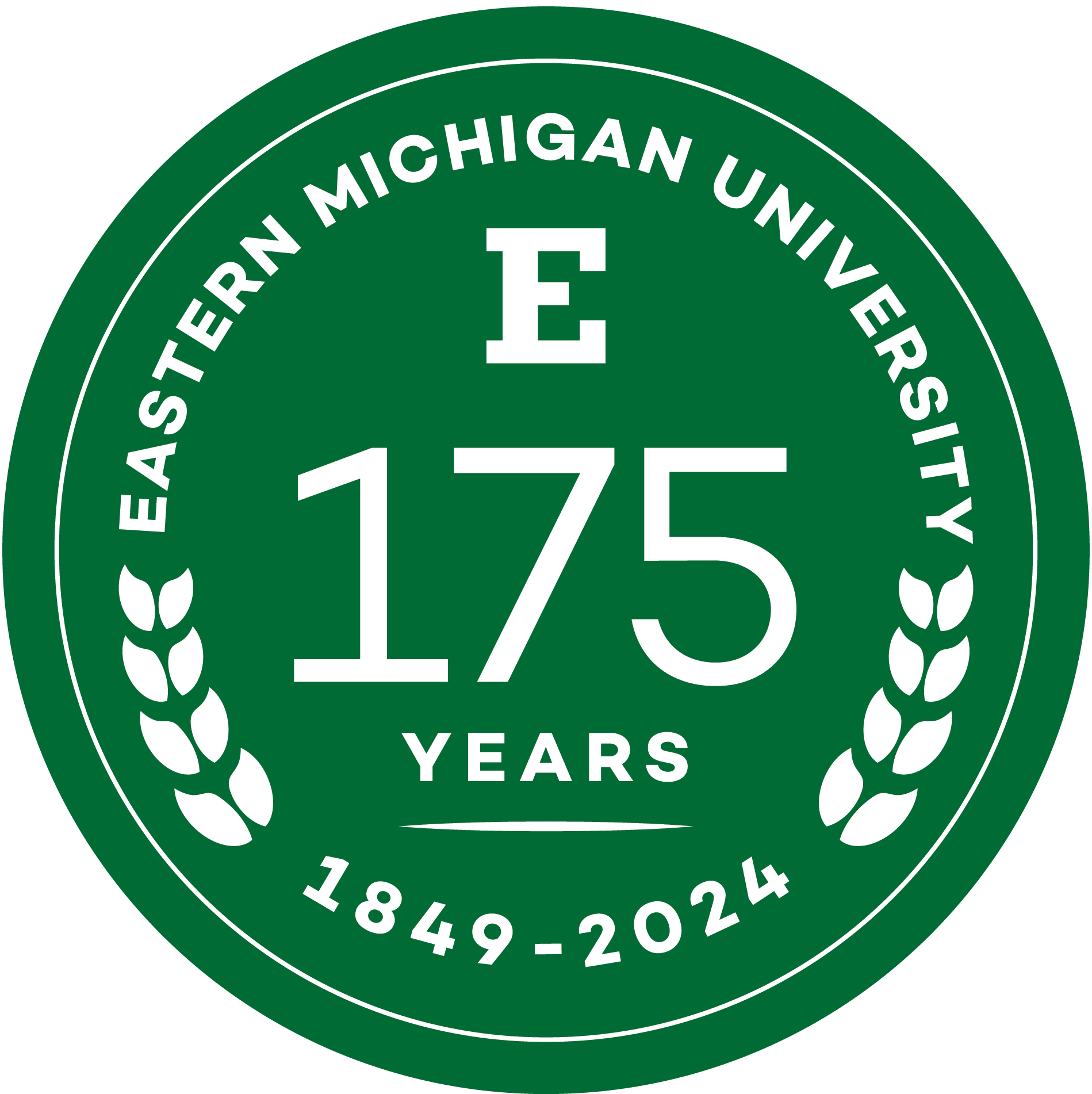Eastern Michigan University awards Summer Research and Creative Activity Grants

YPSILANTI — Eastern Michigan University has awarded Summer Research and Creative Activity Awards (SRA) to 44 faculty members for outstanding proposals in various disciplines.
The SRA program stipends $12,000 to full-time tenured or tenure-track faculty members during the summer months (May-August) instead of summer teaching assignments. This allows faculty to dedicate themselves to research, creative endeavors, and scholarly pursuits that will ultimately benefit students and advance their fields.
This year's awardees represent a diverse range of disciplines, including English language and literature, chemistry, communication, media and theatre arts, health promotion and human performance, africology and African American studies, special education, and communication sciences and disorders, among others.
The 2024 SRA recipients are as follows:
- Eric Acton (English language and literature): “Co-authoring a book on social meaning.”
- Brittany Albaugh (chemistry): “Late-stage refinement of the crystal structure of UHRF2 bound to Histone 3.”
- Sadaf Ali (communication, media, and theatre arts): “Meeting the needs of BIPOC students through mentoring initiatives: Phase Two.” (Co-authored with Dyann Logwood)
- Yvonne Allsop (health promotion and human performance): “They asked WHAT?... Sex ed and middle schoolers: Questions everyone should know.”
- Peter Blackmer (africology and African American studies): “Research for book proposal on the Northern Student Movement.”
- Leslie Blome (special education and communication sciences and disorders): “Physician assistant autism training at EMU: An interprofessional research project.”
- Nancy Bryk (geography and geology): “‘I have the best story for you:’ Transcribing and researching recollections of 19th-century America.”
- Meriam Caboral-Stevens (nursing): “Health coaching among Asian Americans: Data analysis and dissemination.”
- Anne Casper (biology): “Retrotransposons and translocations in DNA repair.”
- Rui Chen (engineering): “Machine-learning enhanced flexible sensor for complex movement detection.”
- Margeaux Claude (art and design): “Material development and sustainability in ceramics.”
- Deb Crawford (leadership and counseling): “A qualitative exploration of LGBTQ+ thriving.”
- Ryan English (visual and built environments): “Interactive: Design, development, and creation of an artifact.”
- Bradley Ensor (sociology, anthropology, and criminology): “Archaeological research dissemination on the Camaronera Lagoon, Veracruz, Mexico.”
- Robert Erlewine (history and philosophy): “Grieving nature: Jewish thought in the Anthropocene.”
- Jason Ferguson (art and design): “The impact of context on value: Using digital fabrication to alter the mundane.”
- Catherine Gammon (health promotion and human performance): “Systematic review of the influence of physical activity environment on college students’ affective and emotional responses to physical activity.”
- Maria Luz Garcia (sociology, anthropology, and criminology): “Collaborative approaches to language access in Maya immigrant communities in the U.S. Midwest.”
- Yunguo Guan (information security and applied computing): “Privacy-preserving and robust data collection in intelligent transportation systems.”
- Rob Halpern (English language and literature): “The Writers' Bloc: Poetry from Inside Women's Huron Valley Prison.”
- Naomi Hashimoto (special education and communication sciences and disorders): “A combined working memory-semantic feature analysis approach to treat naming deficits in people with aphasia.”
- Jeromy Hopgood (communication, media, and theatre arts): “Prometheus – Creating a multimedia performance piece.”
- Christine Hume (English language and literature): “Completing Litanies, a collaborative, creative project featuring women in the act of resistance.”
- Raed Jarrah (visual and built environments): “Optimal sustainable building height.”
- Melissa Jones (English language and literature): “No guardrails: Teaching and learning in times of trauma.”
- Tauheed Khan Mohd (information security and applied computing): “Enhancing security in autonomous vehicle electronic control units: A virtualized approach to CAN bus communication vulnerability assessment.”
- Noel Koller-Ditto (nursing): “An integrative health coaching program to decrease depression and obesity in Washtenaw County adult women.”
- You Li (communication, media, and theatre arts): “Preserving women journalists’ collective memories of covering the COVID-19 pandemic around the world.”
- Andrew Mansfield (engineering): “Automated engine calibration methods using artificial intelligence - A pathway to reduce large vehicle emissions.”
- Inae Oh (health promotion and human performance): “Esport media contents analysis: Understanding the factors that affect channel and video popularity.”
- Margaret Ann Paauw (social work): “Library social work practice across the United States in two articles.”
- Ildiko Porter-Szucs (world languages): “Administering TriHy: Insights from university administrators.”
- Jenni Putz (economics): “Shedding light on PCBs: Analyzing PCB fixture replacement and academic achievement in New York City schools.”
- Meriah Sage (communication, media, and theatre arts): “Uncovering hidden and erased histories in drama & theatre for young audiences.”
- Ken Saldanha (social work): “International labor migrants and the present humanitarian crisis: Who they are, how they cope, and highlighting those providing care for them.”
- Matthew Schaffer (economics): “Quantitative easing and the pandemic housing boom.”
- Rita Shah (sociology, anthropology, and criminology): “Fulbright project book writing.”
- Ourania Spantidi (computer science): “Walk the talk: AI-driven virtual reality for gait analysis education.”
- Julie Stone Rupp (music and dance): “New compositions for the contemporary flutist.”
- Jessica Swan (teacher education): “Development and initial validation of a local measure of teacher assessment proficiency.”
- Christina Topolewski (social work): “An examination of Lori's Hands outcome data: Intergenerational outcomes for older adults and university students.”
- Chuyang Yang (technology and professional services): “A real-time image detection approach using unmanned aerial systems.”
- Mehmet Yaya (economics): “State policies on alcohol use among pregnant women and infant mortality rates.”
About Eastern Michigan University
Founded in 1849, Eastern is the second oldest public university in Michigan. It currently serves more than 13,000 students pursuing undergraduate, graduate, specialist, doctoral and certificate degrees in the arts, sciences and professions. In all, more than 300 majors, minors and concentrations are delivered through the University's Colleges of Arts and Sciences; Business; Education; Engineering and Technology; Health and Human Services; and its graduate school. National publications regularly recognize EMU for its excellence, diversity, and commitment to applied education. Visit the University’s rankings and points of pride websites to learn more. For more information about Eastern Michigan University, visit the University's website. To stay up to date on University news, activities and announcements, visit EMU Today.
April 18, 2024
Written by:
Brittany Mobley
Media Contact:
Brittany Mobley
bmobley1@emich.edu
734-487-4402
More Stories
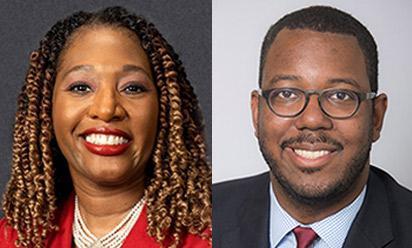
Gov. Whitmer appoints two new members to the Eastern Michigan University Board of Regents.
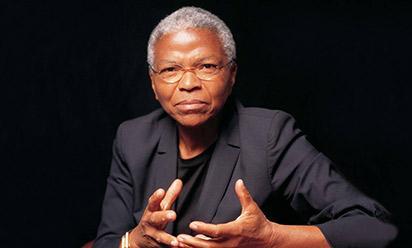
Renowned author, activist, and historian Mary Frances Berry to keynote Eastern Michigan University’s 39th Annual MLK President’s Luncheon.

Eastern Michigan University’s “Enlighten U” podcast shares insight on grief, loss, and healing.
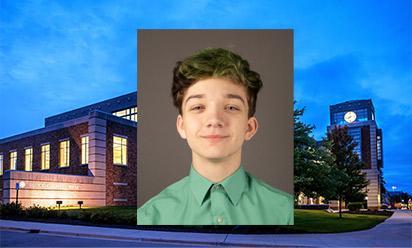
Eastern Michigan University names Ethan Villa 2024 Presidential Scholar.
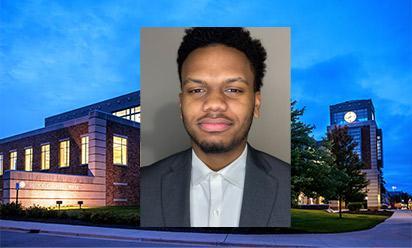
Eastern Michigan University names Trevor Peterson Jr. 2024 Presidential Scholar.

